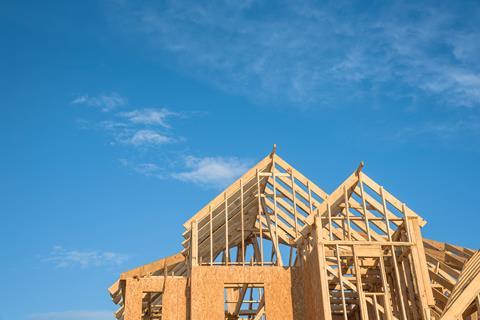Editor: Your article ‘How easy is it for developers to insure timber-framed buildings?’ made substantial claims, but with no evidence to back them up. Arguably, the points made challenge the quality of construction, not the material.

The timber industry takes safety seriously and goes beyond building regulations to enhance safety. Yes, timber burns, but it burns predictably and when combined with fire engineering, risk is minimised. This should reassure developers and insurers alike.
We are working with insurers to help overcome the misconceptions surrounding timber construction and by working together, we will drive safety and sustainability.
Timber captures and stores carbon from tree form to wood product. The Wood CO2ts Less campaign offers a wealth of technical information illustrating how using wood can help reduce CO2 in the atmosphere and slow down climate change.
Timber’s environmental benefits are recognised by Property Week’s Climate Crisis Challenge partners, particularly through the projects they celebrate.
If we are to create more sustainable buildings, a fabric-first approach is essential. Where it is not appropriate to use timber exclusively, it can be used in hybrid with other materials. These efforts will ensure the building is closer to a net zero goal rather than abandoning one material altogether. A one-size-fits-all approach will not work in providing a solution to a net zero future.
As we observe the devastation climate change is causing, now is the time for embracing new ways of thinking to provide a safer, more sustainable built environment.
Andrew Carpenter, director, Confederation of Timber Industries






























No comments yet